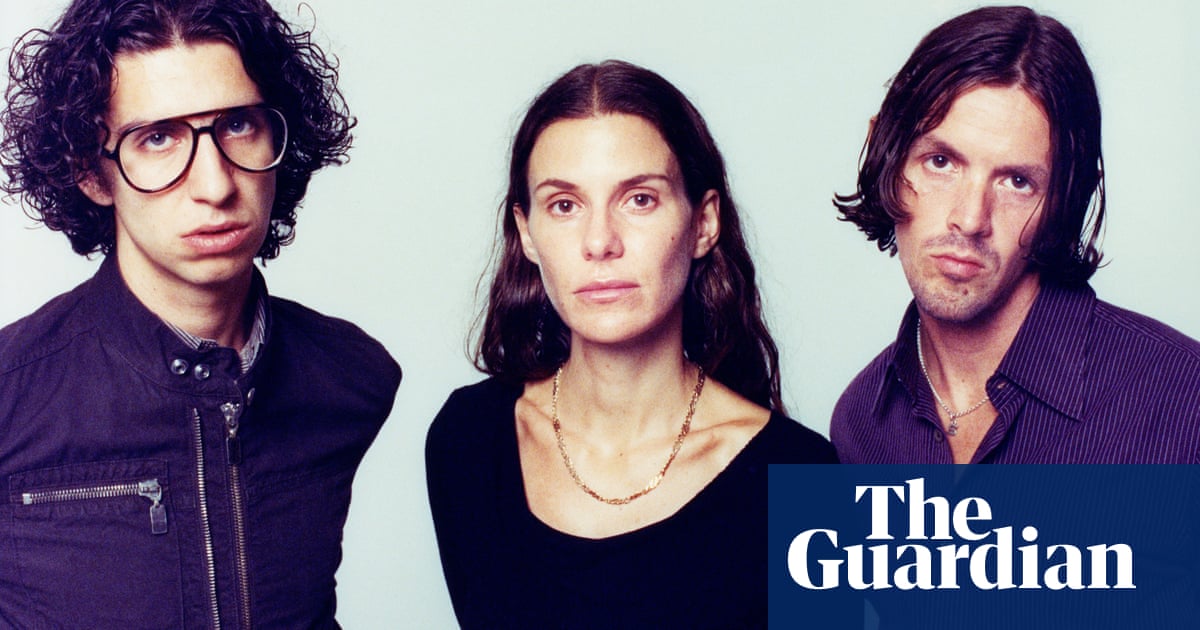
Ronald L Banks was just 21 when he stood in front of his closet containing 60 pairs of jeans, a huge collection of shoes, and a wardrobe full of T-shirts and thought, “this has to stop”. He took out each item of clothing, examining them closely. Inspired by the Marie Kondo method, he asked himself the meaning that each held – and if he couldn’t answer, he donated them.
Banks, a prominent YouTuber, has a channel of 130,000 fans. He broadcasts from his apartment in Wisconsin – which is pristine. His furniture consists of a sofa, a TV, a wood table and four chairs, some houseplants and paintings. He just has enough basics to get by. He chooses to live with this little, he explains, because “minimalism is living with more of what matters by choosing to want less of what doesn’t,” he says in a video.
But Banks, who is now in his late 20s, doesn’t stop at discarding clothing or furniture. He’s also getting rid of relationships that do not serve him any longer. He is part of a group of young people who are not only eschewing excess material items, but also meaningless relationships and excess “emotional clutter”.
If their friendships are non-satisfactory, they declutter, opting for fewer but more quality relationships. If the city they live in no longer sparks joy, they move. And in a quest to trim down the amount of unnecessary emotional engagement with the world, some don’t even use smartphones or social media.
Living with intention, he says, goes beyond material goods, but extends to the friends he brings into his life, the financial decisions he makes, and the values that he subscribes to. In a video about financial minimalism, he describes utilizing a “cost per use” calculation to guide the purchasing decisions he makes. “Mentally, I evaluate the item in relation to my habits and lifestyle, and I try to get an understanding of if I will use this item enough to justify spending money on it,” he said, talking about his electronics and camera gear.
Kelly Stamps, 25, whose entire life can fit in a small suitcase, shares a similar outlook. Stamps’s bedroom contains nothing but a bed frame, mattress and an alarm clock. She originally wanted to sleep on a mattress on the floor, but caved in and made a bed frame using concrete blocks after she realized cockroaches are common in New York.
Her wardrobe contains a few statement items such as designer Miu Miu boots, plain bodysuits and basic dresses. Every time Stamps moves to a new state, she sells some of her clothes, purchases new items and adopts a new style that fits the state she’s in.
Her “holistic” approach also includes staying away from most of social media. She only uses Instagram and YouTube for business purposes, and has an old flip phone instead of an iPhone.
“I am trying to go back to a very simple life. An iPhone costs almost $1,000 these days. I just want something to call 911 with in case of emergency,” Stamps says in one of her videos. She doesn’t have a mirror in her apartment (“Why would I try to impress people that I don’t even like?” she elaborates), and even forgoes most friendships.
“I’d rather be alone than with people who make me feel alone,” Stamps says, explaining why she chooses to have just four friends.
“I used to have a lot of people around me all the time,” Stamps said. “I had about 20 people around me that I would call my friends … When you have that many people around you, you’re bound to develop insecure friendships.”
By cutting down on friends, Stamps feels she has developed as a person. “You should spend more time alone to discover new interests and career changes,” she says in one YouTube video.
James Sweetland, another minimalist YouTuber in his late 20s, has decided to stop dating as a form of relationship minimalism. “I’ve quit relationships and dating. I haven’t had sex for a while now,” he said. Sweetland doesn’t see a point in dating any more, because he sees it as a waste of time and energy. “That time and energy could be channeled into other areas of my life.”
After writing down his yearly goals, he realized that being with someone wasn’t one of them. “For where I am right now, a relationship is not my priority. I have limited time and energy, and I can only allocate so much of it each day. I am trying to get rid of everything that doesn’t give me true satisfaction.”
Banks has also purged friendships. After he began to instill minimalism in all areas of his life, he once decided to avoid his friends, waiting to see which reached out to him after he went silent a few weeks as a way to see who valued his friendship. He decluttered his social life like he decluttered his wardrobe.
“At first, I was really shocked to see who didn’t value me the same way that I valued them,” Banks said. Although this process was hard, it gave him new insights into the people who he surrounded himself with.
While many minimalists talk about the impact of minimalism on their physical lives, others have focused on minimizing their online lives.
But there are, of course, criticisms.
“For years now, living with less has made me feel light and free,” explains the 25-year-old YouTuber Lana Blakely, who gained popularity partly due to her minimalist lifestyle. “But I’ve started to realize that I might’ve taken it too far.”
Describing how her house at one point only included just two of each cutlery item to get by, she explains how she started to feel the philosophy that was supposed to bring joy, was actually resulting in depriving herself. “Want some tea after brunch? Sorry mate, I only have two cups and someone will have to sit on the couch and eat because there aren’t enough chairs for everyone,” she jokes in one YouTube video.
“Young influencers on YouTube and social media have the money to live with less,” said Jenna Brown, a young YouTuber who makes videos about lifestyle trends. “They have the option to purposely live like they’re broke despite making a year’s salary every month.” Brown also illuminated the issue of minimalism being followed because of its aesthetic instead of its true purpose (intentional living). “A lot of the time, people who make videos about minimalism focus too much on looking like a minimalist instead of actually being one.”
Tim Tarafas, a young YouTube influencer also came out prominently against minimalism, calling it a scam. “If you do any amount of searching on the internet for minimalism, your feed is bound to be full of videos of people preaching the benefits of living simply and giving up your material possessions to live a more purposeful, happier life,” he says.
He describes the typical minimalist YouTube video: of a person sitting in front of barren walls dressed in all black and talking about how living with just the bare necessities will bring endless fulfillment. “Although these videos make minimalism look good, they make minimalism into a cult.”
Some minimalists are affected by the role that minimalism has on their relationships. “My husband supports me in so many ways, and has done so for our entire marriage,” says Jennifer Ullrich, a blogger. Ullrich learned to deal with criticisms about minimalism from her close family. “None of them have embraced minimalism (yet). As I continue to streamline my schedule, our home and our commitments, I drive the changes. They pretty much just put up with my shenanigans,” she writes. Many minimalists struggle with this same issue when implementing new minimalist changes to their lifestyle.
To some extent, this criticism holds water. While minimalist YouTubers preach the idea of living with less, Stamps explains in a video that her monthly income is $40,000 and her rent costs about $2,000 a month. She also buys from expensive designer brands where a bag can cost thousands of dollars.
Stamps might not explicitly vouch for these excesses, but the extra cash cushions the blow of decluttering her life. Moving to a new city every few months like Stamps has done might not be possible for someone with less means, for example. Additionally, being able to successfully sell off clothes at a moment’s notice to build a new wardrobe may have something to do with the price tag on those items.
Still, minimalists say that the philosophy has helped them shed superficial exteriors and find their true selves, and self-report studies show that minimalists perceive themselves to be happier since adopting the philosophy.
Nicholas Garofola, a minimalist YouTuber in his late 20s, says that minimalism has alleviated a lot of his anxiety. “Being a minimalist has helped me identify the things that are worth putting time and energy into,” he said. By minimizing daily decisions, Garofola has been able to avoid decision fatigue, which is a cause for many of his daily anxieties.
Before Banks began his minimalism journey, he identified as “Mr Smooth”, a persona that he and his peers created for him in high school, a cool guy who carried himself confidently. He explained in an interview, “everything I did had to fit that persona, so whenever I bought something, I had to make sure it was ‘Mr Smooth’.”
He soon realized trying to fit into this persona was too difficult. He felt he was trying to be what others wanted, rather than true to himself. “I held on to all of this baggage to maintain the identity that others perceived me to be,” he explains in an interview.
So for Banks, the idea of minimalism being all about the aesthetic, is counter to its mission. “You should never approach minimalism from a place of trying to fit into an aesthetic,” Banks says. “Approach it with the goal of becoming more intentional in all aspects of your life.”












